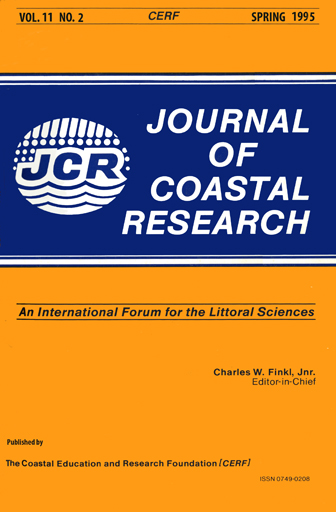Mid-Texas Coastal Marsh Change (1939-1991) as Influenced by Lesser Snow Goose Herbivory
Keywords:
Disturbance, landscape pattern dynamics, patch dynamics, fire, cattle herbivory, lesser snow geese, wetland vegetation loss, GISAbstract
Emergent coastal marshes of the San Bernard National Wildlife Refuge (SBNWR), were evaluated from 1939 to 1991 using aerial photography and 8 geographic information system (GIS). Vegetated marsh was transformed to mudflats and open water in areas heavily utilized by wintering lesser snow geese (LSG). Unvegetated marsh increased from less than 4% in 1939 to 21% in 1991. Rate of denudation increased after 1965 when LSG numbers of 300,000 in the 1950's increased to nearly 1,000,000 by the 1970's. Over time, some mudflats have revegetated, while others have become deep, open-water areas. Extremes of inter- and intra-annual tide levels, surface water and interstitial soil water salinity, and precipitation were also experienced during this time period. Repeated and intense herbivory by LSG followed by frequent tidal inundation, high soil and water salinities and extended droughts results in vegetation loss and the potential for accelerated soil erosion.


